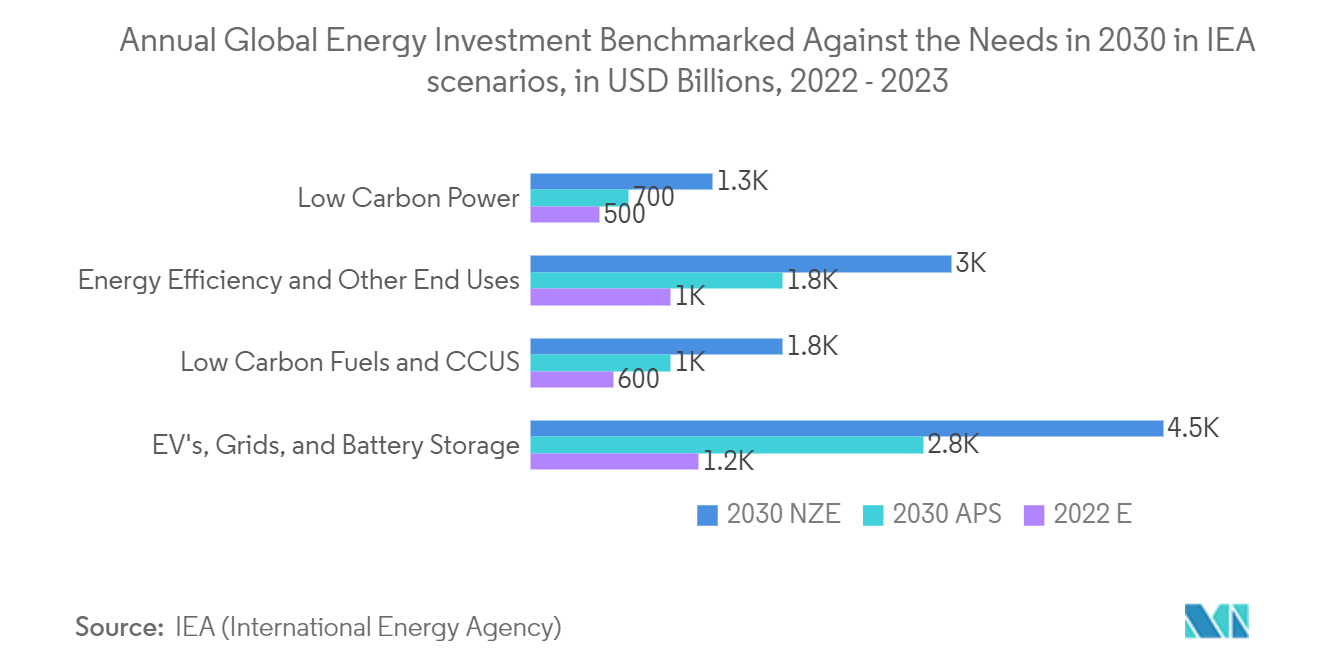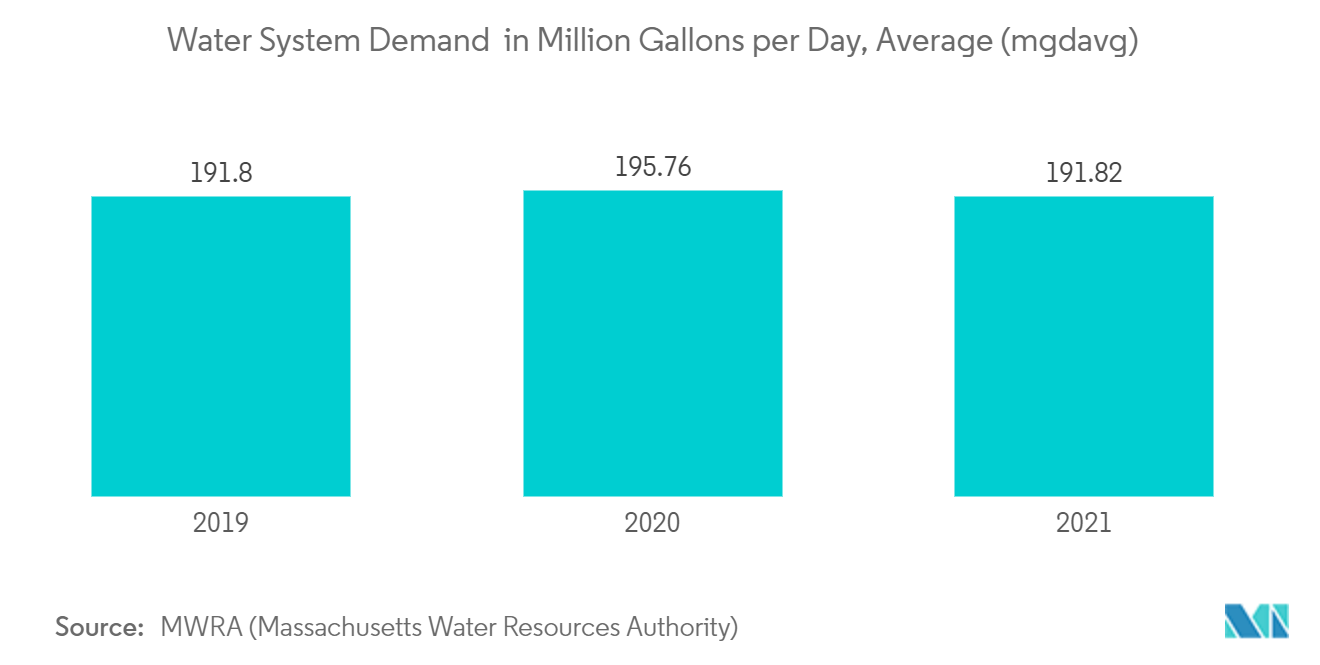Market Trends of APAC Centrifugal Pumps Industry
This section covers the major market trends shaping the APAC Centrifugal Pumps Market according to our research experts:
Increasing Government Focus on Energy Efficient products to Drive the Market Growth
- Governments of developing countries such as China and India are focusing on urbanization, which is anticipated to fuel demand for centrifugal pumps, particularly in domestic, Water, and wastewater treatment industries. As improved infrastructure development continues to be a priority for numerous countries, the need for quality centrifugal pumps will also increase drastically.
- Other factors expected to heighten the demand for the centrifugal pumps market include growth in several end-use application segments, increased opportunities in different regions throughout the globe, and the growing demand for centrifugal pumps. Key factors contributing to the development of the global pumps market include growing energy consumption, steady demand from end-users, continuous investment in R&D activities, and increasing focus on renewable energy.
- The increasing demand for more efficient pumps and rapid industrialization in India and China are expected to propel the industrial pump market in the coming years. The growing need for better efficiency in production processes across a wide range of industries is expected to drive the industrial pumps market during the forecast period.
- The Government of India has launched several initiatives which have opened global opportunities for partnerships in the engineering sector. Such initiatives include Make in India and Smart Cities. The government has also planned several industrial corridors to boost manufacturing across India, including Delhi-Mumbai Industrial Corridor (DMIC), Bengaluru-Mumbai Economic Corridor (BMEC), and many more. Overall, these initiatives have opened vast opportunities for pumps as they are directly related to the end-use sectors such as construction, water management, and power generation, among others.

Water and Wastewater to Witness Significant Growth
- The type of pumps most commonly used at wastewater treatment plants includes the centrifugal, progressive cavity, and positive displacement. The rise in demand for water and wastewater has presented a host of challenges such as increasing energy costs, raised concern about the efficiency of pumps, and increased life cycle costs. According to the World Health Organization (WHO), half the global population is expected to live in water-stressed areas by 2026. Hence, the demand for centrifugal pumps in water and wastewater treatment infrastructures is expected to develop significantly worldwide in the coming years.
- Environmental regulations regarding energy consumption and pollution are becoming stricter, eventually forcing old treatment plants to upgrade their facilities or shift to new equipment. New treatment facilities and expansion projects are expected to increase the sales of pump manufacturers and help penetrate the global market. The need to reduce lifecycle costs to improve operating margins is anticipated to boost the usage of centrifugal pump system units in the water and wastewater industry.
- The recent developments in the water and wastewater treatment industries concerning the adoption of automation and centralized control systems to monitor water and wastewater quality, along with a strong focus on power and energy management, have provided a challenging environment for pump manufacturers. In addition, the demand for centrifugal pumps from water and wastewater treatment plants is anticipated to boost the growth of the centrifugal pumps market.
- Centrifugal pumps are used in various areas within water and wastewater technology. Due to the gas conveying capability's special properties and self-priming behavior, the pumps are also used in critical areas, for example, in the food and beverages industries. Apart from general water pumping, centrifugal pumps have special properties to transport media containing gas proportions of up to 30% of the volume flow rate to be supplied.


